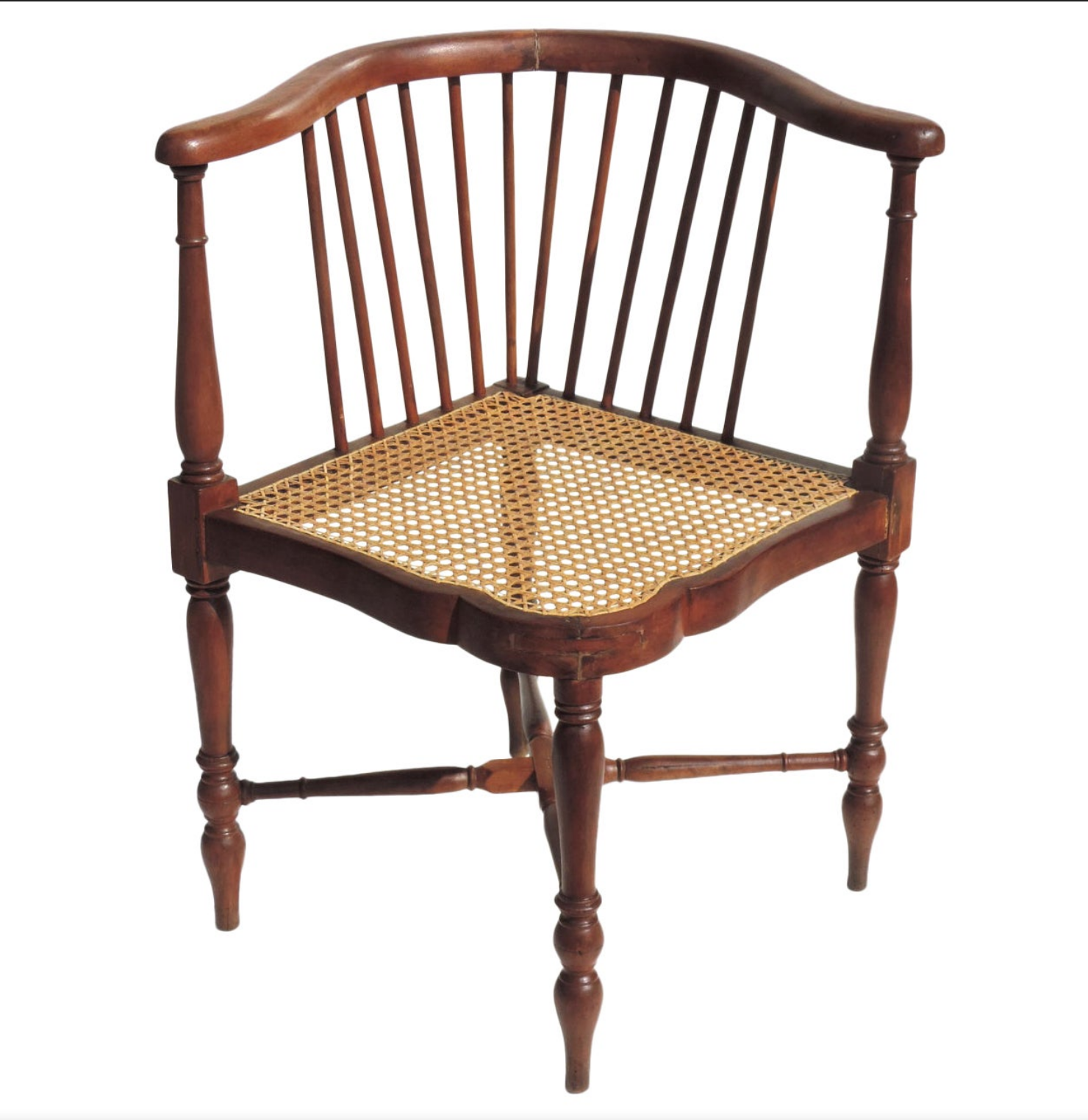
Adolf Loos, an architect and furniture designer
Adolf Loos was an Austrian architect and designer who was a pioneer of the modernist movement in Austria. He is best known for his contributions to the field of architecture, but he also designed a number of iconic furniture pieces.
Loos was born in 1870 in Brno, Czechoslovakia (now the Czech Republic). He studied architecture at the Munich Academy of Fine Arts and later worked as an apprentice to the famous Austrian architect Otto Wagner. In 1903, Loos opened his own architecture firm in Vienna and began to develop his own unique style of modernist architecture.
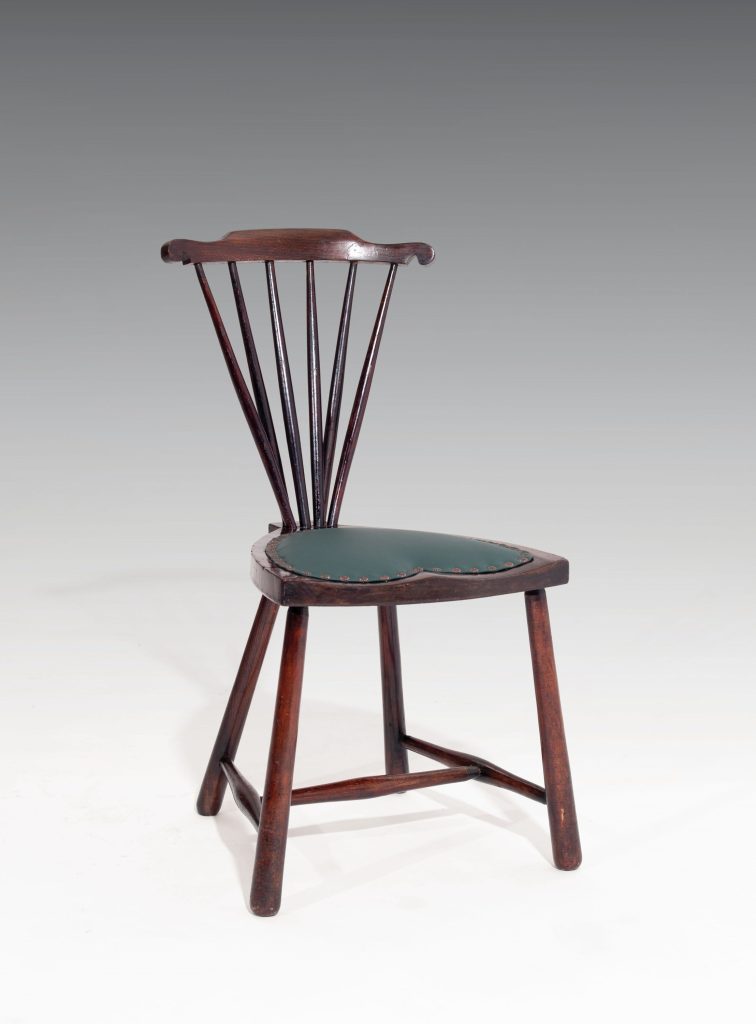
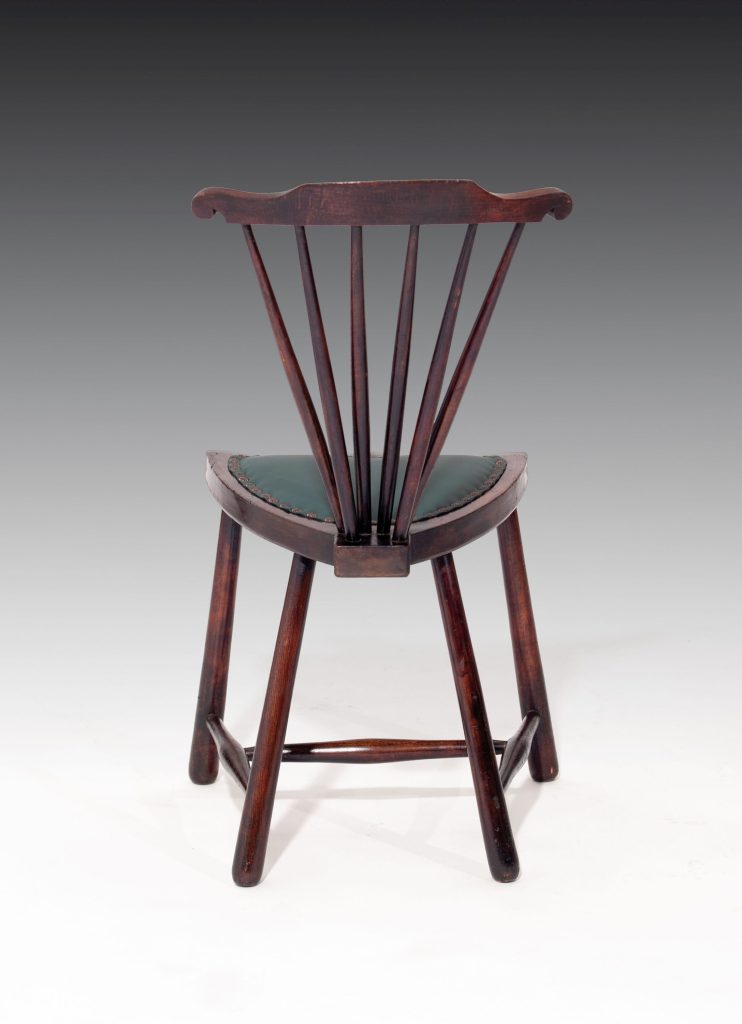
In addition to his work in architecture, Loos was also a talented furniture designer. Some of his most famous furniture pieces include the “Moller” dining room set and the “Loos” chair. The “Moller” dining room set, which was designed in 1929, is considered a classic example of Loos’ modernist style. It features clean lines and a minimalistic aesthetic, and is made from high-quality materials such as oak and leather. The “Loos” chair, which was designed in 1910, is another iconic piece of furniture designed by Loos. It features a simple and elegant design, and is made from high-quality materials such as oak and leather.
Loos’ furniture designs were ahead of their time and have had a lasting influence on the field of furniture design. His clean and minimalistic style is still highly sought after by collectors and design enthusiasts today.
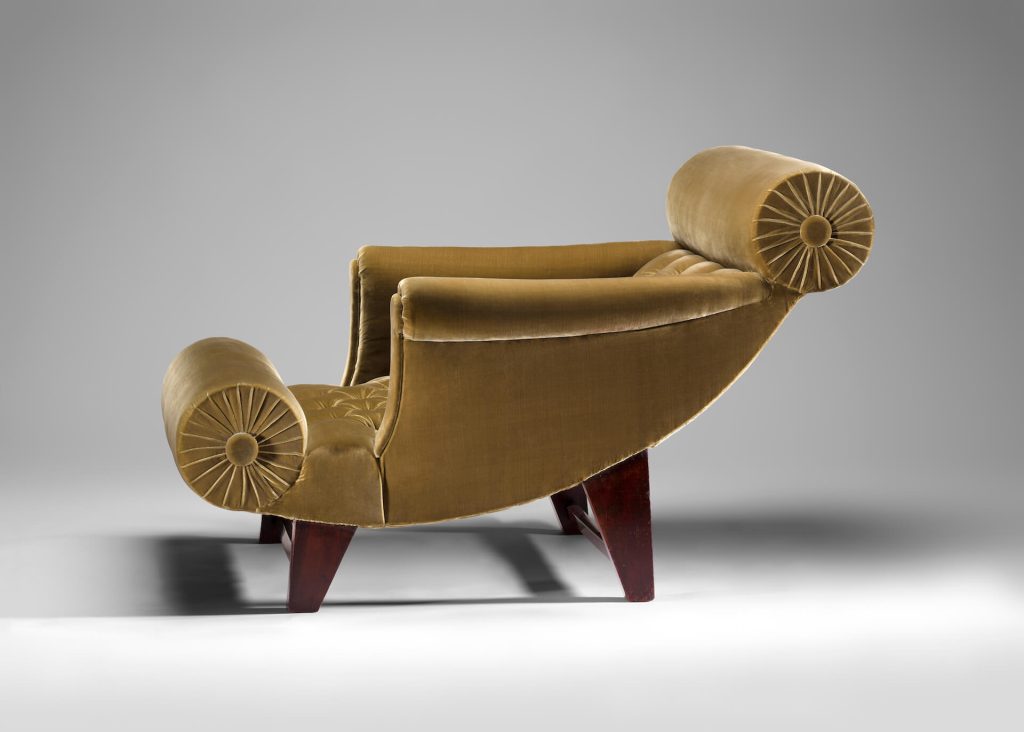
Adolf Loos believed that ornamentation was unnecessary, even harmful in furniture design and a sign of a lack of culture and refinement.
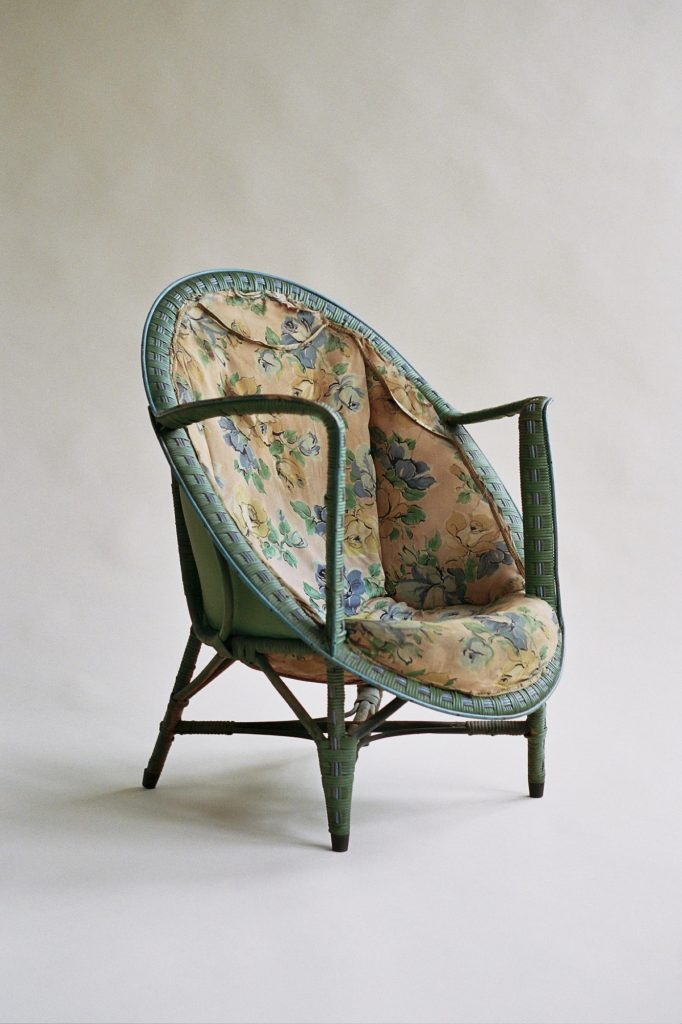
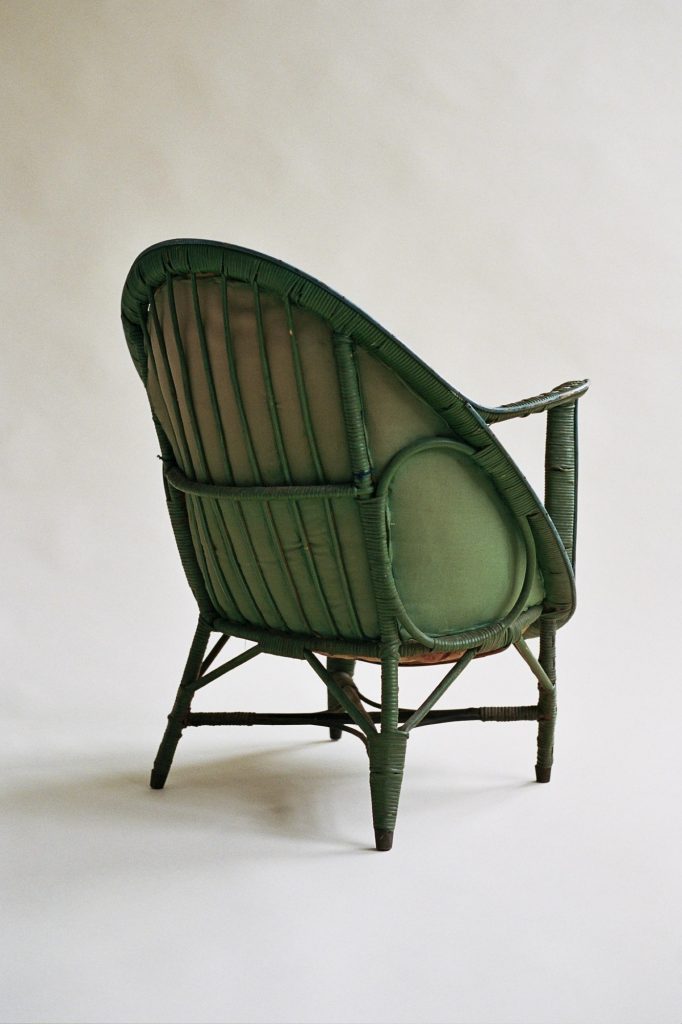
Adolf Loos was a pioneer of the modernist movement in architecture and design, and he believed that ornamentation was unnecessary and even harmful in furniture design. Loos believed that ornamentation was a sign of a lack of culture and refinement, and he argued that it was only used to distract people from the poor quality of the workmanship. In his influential essay “Ornament and Crime,” Loos argued that ornamentation was a waste of time and resources that could be better spent on other pursuits, and he called for a return to a more simple and functional style of design.
Loos’ ideas about ornamentation were part of a larger movement towards simplicity and functionality in design that was taking place at the time. Many designers and architects were reacting against the elaborate and ornate styles of the past, and were instead advocating for a more minimal and modern approach to design. Loos’ ideas about ornamentation had a major influence on the modernist movement and continue to shape the way we think about design today.


